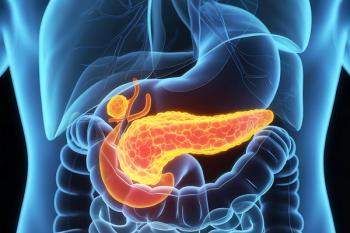
- The Column-02-22-2016
- Volume 3
- Issue 12
Discovering the Drug Habits of Nightclubbers and Criminals Using UHPLC
The Norwegian Institute of Public Health conducted a study into the drug use habits of nightclubbers and arrested criminals in Oslo, Norway. The study used UHPLC–MS–MS to analyze the drug-use profiles of nightclubbers and criminals arrested while under the influence of drugs to develop an understanding of drug use patterns in these groups.
The Norwegian Institute of Public Health conducted a study into the drug use habits of nightclubbers and arrested criminals in Oslo, Norway.1 The study used ultrahigh-performance liquid chromatography–tandem mass spectrometry (UHPLC–MS–MS) to analyze the drug-use profiles of nightclubbers and criminals arrested while under the influence of drugs to develop an understanding of drug use patterns in these groups.
Recreational drug use in nightclubs is a common practice across the world. However, those intoxicated on illicit drugs will occasionally find themselves on the wrong side of the law because of the decision-impairing nature of many narcotics. Committing crimes ranging from petty vandalism to driving under the influence. But is there a difference in an individual’s drug use that will dictate the likelihood of them being arrested for involvement in criminal activities?
“We believed that the profile of drug use, that is, drug types, combinations, and dosing, might not be the same in different groups of drug users. We therefore wanted to compare the drug findings in blood samples submitted by the police for forensic toxicology testing with the drugs used by nightclub patrons,” said Hallvard Gjerde, Senior Scientist in the Division of Forensic Sciences at the Norwegian Institute of Public Health.
Researchers collected samples from patrons of popular nightclubs in downtown Oslo and analyzed oral fluid samples for up to 122 known substances using UHPLC–MS–MS. The results of this analysis were then compared to blood samples of arrested criminals who were suspected of drug impairment upon arrest.
“The main difference was that poly-drug use was much more common among criminals, particularly the combination of illicit drugs with benzodiazepines,” Gjerde told The Column. “In addition, the use of cocaine was significantly more common among nightclub patrons whereas the use of amphetamines was significantly more common among criminals.”
This link between multi-drug use and criminal activity could prove a valuable insight, especially because the study also found the use and variation of drugs among clubbers was high. This is suggestive of a high-risk consumption pattern and vindicates strategies that target nightclubs for prevention.
The research team responsible for this study are currently continuing to evaluate and analyze the data gathered from this study. They are also studying alcohol and drug use among both random drivers and fatally injured drivers using UHPLC–MS–MS to assess trends in drug use, enabling crash risk calculations. - L.B.
Reference
- Hallvard Gjerde et al., Forensic Science International265, 1–5 (2016).
Articles in this issue
almost 10 years ago
Highly Experienced Method Developer – Really?almost 10 years ago
Compositional Analysis of Honeybee Venom for Proteomicsalmost 10 years ago
Vol 12 No 3 The Column February 22, 2016 Europe and Asia PDFalmost 10 years ago
Vol 12 No 3 The Column February 22, 2016 North American PDFNewsletter
Join the global community of analytical scientists who trust LCGC for insights on the latest techniques, trends, and expert solutions in chromatography.





